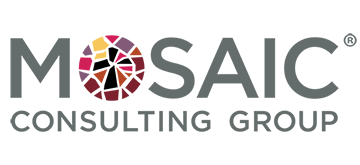Mastering the Art of Meaningful Feedback
Feedback is a powerful tool. It has the ability to elevate performance, motivate individuals, and drive positive change. However, providing effective feedback is not always straightforward. Without structure and clarity, feedback can lose its impact, leaving both the giver and the receiver uncertain about its value. In this blog post, we will explore the qualities of constructive feedback and delve into strategies for giving and receiving meaningful feedback.
The Qualities of Constructive Feedback
Constructive feedback is the cornerstone of employee engagement. It provides individuals with valuable insights into their performance, helping them understand how they align with their role expectations. To be effective, feedback should possess the following qualities:
- Specific: Specificity is crucial for driving behavior change. Feedback should offer precise details about the actions that contributed to a particular outcome. Vague feedback lacks the power to inspire improvement.
- Timely: Timeliness is essential for feedback to be actionable. When feedback is delivered promptly, individuals can easily connect their actions to the results. Delayed feedback may lead to a loss of context and hinder the improvement process.
- Regular: Regular feedback loops foster transparency and alignment. It ensures that individuals receive ongoing guidance and support, rather than waiting for infrequent annual reviews.
- Actionable: Feedback should come with a solutions-focused mindset. It should offer practical suggestions and measurable steps for improvement, empowering individuals to plan their next moves.
Feedback that lacks these qualities can leave employees unsure of how to improve and may fail to communicate that their growth is a top priority for the organization.
Understanding Good and Bad Feedback
Effective feedback is built upon a solid structure. Let’s explore examples of both positive and negative feedback to illustrate the importance of structure.
Examples of Positive Feedback:
Bad feedback: “Great work!”
Why it doesn’t work: Nondescript praise like this fails to provide employees with specific information on how to replicate their success.
What to say instead: “Thanks so much for your hard work on our report launch last week. You did such a great job leading the data analysis and went the extra mile to support the entire team. We truly appreciate your leadership skills and teamwork on this project.”
Examples of Negative Feedback:
Bad feedback: “Your performance is lagging. You need to do better.”
Why it doesn’t work: Negative feedback without specifics can feel hurtful and does not offer a path for improvement.
What to say instead: “We’ve always appreciated your teamwork and positive attitude. However, we’ve noticed some challenges with time management lately. We’d like to understand if you’re facing any blockers and how we can help you address them more proactively in the future. Is there a better way we can support you?”
When and How to Give Employee Feedback
Structured feedback is most effective when integrated into an organization’s culture and processes. Here are some key moments for delivering feedback:
- One-to-ones: Regular one-to-one meetings provide a safe space for employees to give and ask for feedback.
- Performance reviews: Bi-annual or quarterly performance reviews offer opportunities to discuss progress toward feedback-related goals.
- Growth conversations: Conversations about career development provide a platform to highlight skills and competencies that contribute to an individual’s growth path.
While structured processes set a rhythm for feedback, it’s crucial to avoid waiting for performance reviews. Providing timely feedback, as close to the event as possible, is more impactful as it allows for specific details and helps employees make progress continuously.
When to Ask for Feedback
Feedback should be a two-way conversation, and employees should feel empowered to seek feedback when needed. Opportunities to ask for feedback include:
- Completing a project
- Learning a new skill
- Taking on a new role or responsibility
- After a significant meeting or presentation
To maximize feedback opportunities, it’s essential to be intentional and specific about what you’re seeking. Requesting feedback on a particular aspect of your work or performance helps provide actionable insights.
4 Feedback Strategies to Boost Employee Engagement
- Embed Feedback in Your Company Culture: Foster an environment of trust and psychological safety where honest feedback is encouraged. Leaders should model both asking for and giving feedback.
- Embrace Micro-Feedback: Recognize the power of small, timely feedback moments. Micro-feedback can include quick acknowledgments, brief video recordings, or public recognition tools like Lattice Praise.
- Communicate Feedback Norms: Ensure that every team member understands what constitutes good feedback within your organization. Establish clear norms and expectations.
- Prioritize Inclusive Feedback: Consider diverse communication preferences and styles when providing feedback to ensure it is received and processed effectively by all team members.
Feedback is not just a transaction—it’s built on a foundation of trust and transparency. Effective feedback cultures require leaders to set the right norms and processes, while also embodying vulnerability and empathy. When feedback is given and received thoughtfully, it becomes a powerful driver of individual and organizational growth.




